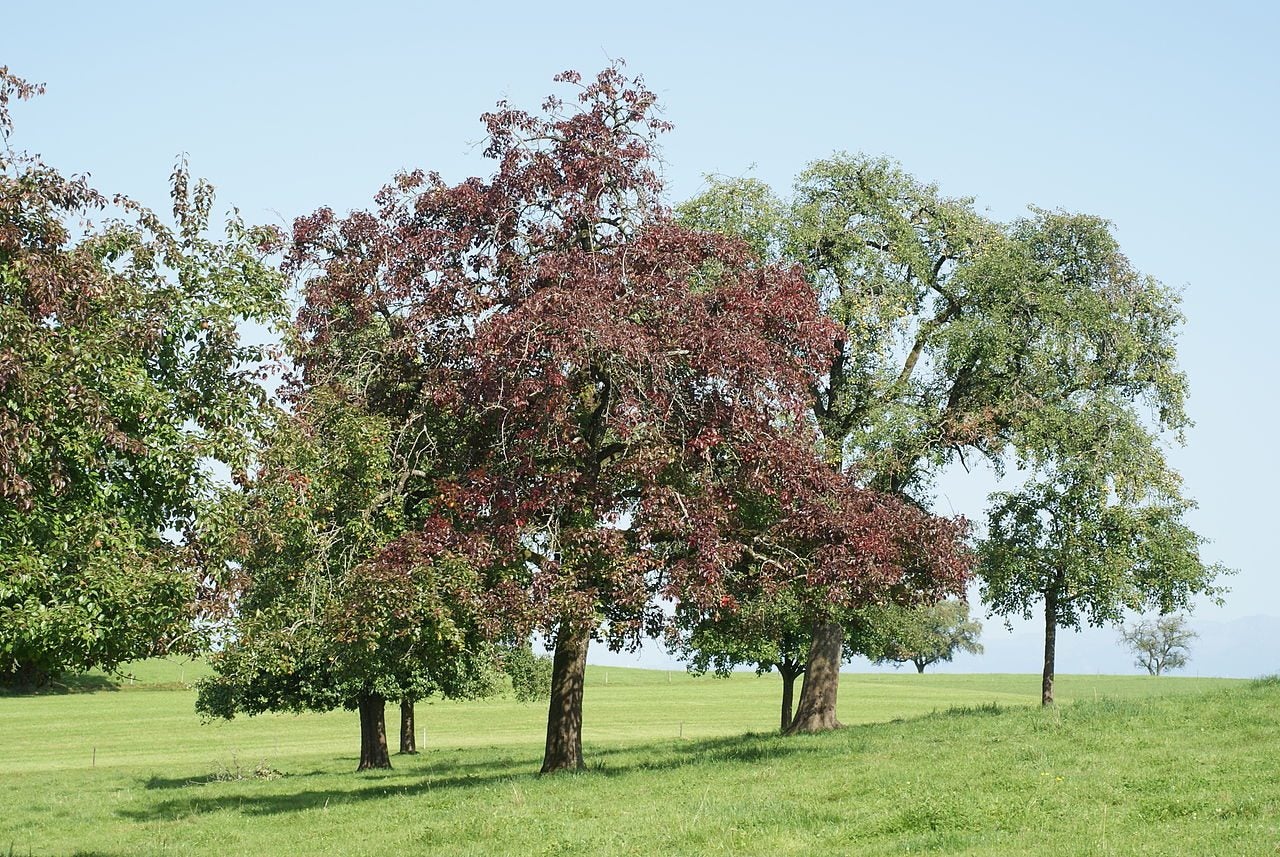Pear Decline Phytoplasma: Treating Pear Decline Disease In The Garden


What is pear decline? As the name indicates, it is not a happy diagnosis. This disease causes susceptible pear tree species to decline in health and die. Since there is no effective pear decline treatment, your best bet is to purchase resistant plants in the first place. For information about symptoms of pear decline disease, read on.
What is Pear Decline Disease?
Pear decline is a serious, often lethal pear tree disease caused by a phytoplasma called Candidatus Phytoplasma pyri. It is a mycoplasma-like organism without rigid cell walls. A tree is infected with this pear decline phytoplasma by insects called pear psylla. The pear psylla itself gets infected with pear decline phytoplasma from eating the foliage of infected pear trees. Once infected, a psylla stays infected and can transmit the disease to other host trees. It is also possible for a pear tree to get pear decline phytoplasma if an infected tree section is grafted into it. The pathogen overwinters in the roots of infected trees to attack again in springtime. Not every species of pear tree is equally susceptible to this disease. Since no effective pear decline treatment has been found as yet, you should plant species that resist the pear decline phytoplasma. Select a cultivated pear tree that uses a rootstock from domestic Pyrus communis. Its chances of catching the pear decline phytoplasma are much less than for trees with Asian rootstocks like P. ussuriensis, P. serotina or P. pyricola. Other tolerant rootstocks are available. They include Bartlett seedling, Winter Nelis, Old Home x Farmingdale, and Pyrus betulaefolia.
Symptoms of Pear Decline
Pear trees grafted on highly susceptible Asian rootstocks that are attacked by pear decline phytoplasma seem to collapse suddenly, as shoots die and leaves roll, turn red, and fall. Because of this, few commercially available pear varieties use Asian rootstocks. If your pear is grafted to tolerant rootstocks, you’ll see a slow decline when the tree is stressed for water or nutrients. Trees on tolerant rootstocks may show moderate symptoms of pear decline disease when many psylla during the early growing season. With proper care, including adequate water and nutrients, tolerant trees will continue to produce pears even after they carry the phytoplasma. Keeping down the population of psylla also reduces the symptoms on these trees.
Gardening tips, videos, info and more delivered right to your inbox!
Sign up for the Gardening Know How newsletter today and receive a free copy of our e-book "How to Grow Delicious Tomatoes".

Teo Spengler is a master gardener and a docent at the San Francisco Botanical Garden, where she hosts public tours. She has studied horticulture and written about nature, trees, plants, and gardening for more than two decades. Her extended family includes some 30 houseplants and hundreds of outdoor plants, including 250 trees, which are her main passion. Spengler currently splits her life between San Francisco and the French Basque Country, though she was raised in Alaska, giving her experience of gardening in a range of climates.
-
 8 Perfect Flowers To Plant With Tomatoes To Boost Yields & Banish Pests
8 Perfect Flowers To Plant With Tomatoes To Boost Yields & Banish PestsDon’t forget flowers when choosing companion plants for your tomato beds or pots. These pretty, fragrant blooms add beauty but are also highly beneficial.
By Mary Ellen Ellis
-
 Want The Longest Lasting Hydrangea Flowers? Grow These 8 Panicle Hydrangea Varieties
Want The Longest Lasting Hydrangea Flowers? Grow These 8 Panicle Hydrangea VarietiesFor ornamental shrubs that deliver the longest flowering seasons with plush blooms and delicate hues, these panicle hydrangea varieties are essential in your yard
By Tonya Barnett